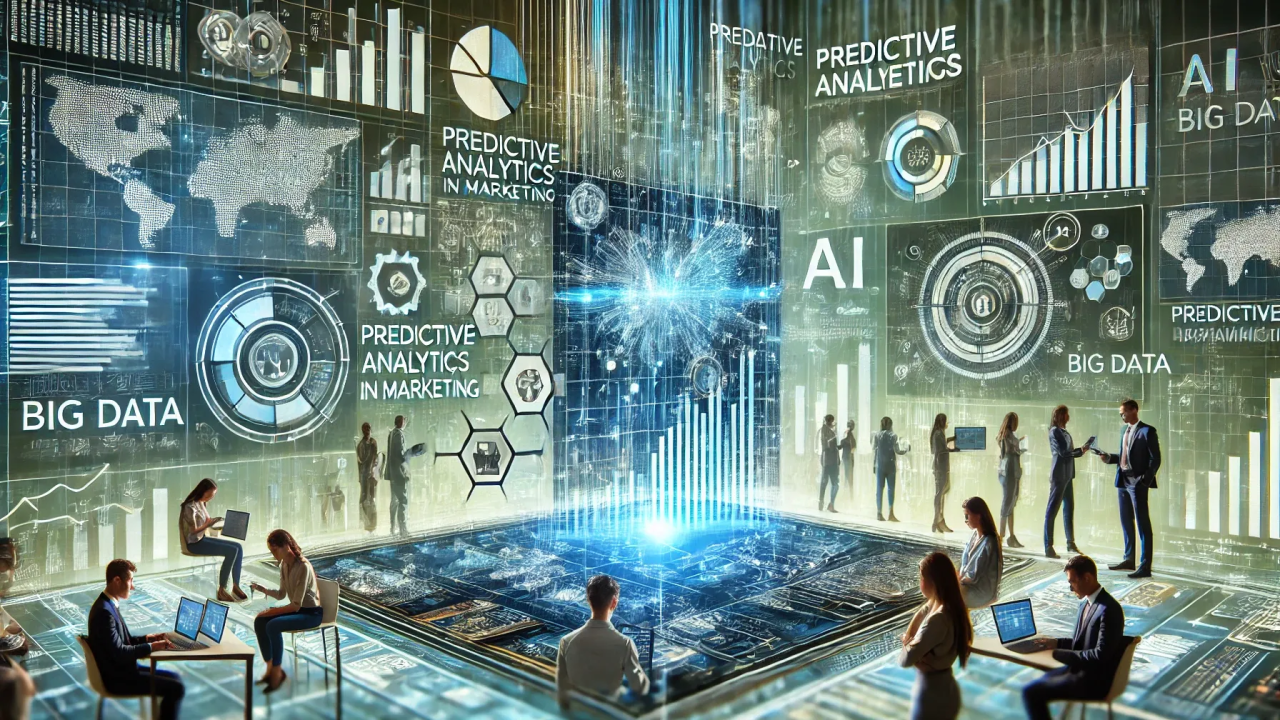In today’s fast-paced marketing landscape, brands must stay ahead of consumer trends and preferences to succeed. Predictive analytics, powered by artificial intelligence (AI), has emerged as a game-changing tool, enabling marketers to forecast consumer behavior with unprecedented accuracy. Here’s how businesses can leverage predictive analytics to enhance their marketing strategies:
1. Understanding Predictive Analytics
- Definition: Predictive analytics involves using statistical algorithms and machine learning techniques to identify the likelihood of future outcomes based on historical data.
- Importance: By analyzing patterns in consumer data, brands can anticipate customer needs, enabling proactive marketing strategies.
2. Leveraging Big Data
- Data Sources: Companies can gather data from various sources, including social media, customer interactions, and sales history.
- Actionable Insights: By harnessing big data, marketers can gain insights into consumer preferences, enabling them to create targeted campaigns that resonate with their audience.
3. Personalized Marketing Experiences
- Tailored Content: Predictive analytics allows marketers to tailor content based on individual preferences, enhancing engagement and conversion rates.
- Dynamic Recommendations: AI-driven recommendations can provide personalized product suggestions, improving the customer experience and increasing sales opportunities.
4. Enhanced Customer Segmentation
- Behavioral Segmentation: Marketers can categorize customers based on behaviors and preferences, allowing for more effective targeting.
- Improved Campaign Performance: With accurate segmentation, brands can optimize their marketing campaigns for specific customer groups, increasing ROI.
5. Optimizing Pricing Strategies
- Demand Forecasting: Predictive analytics can help brands anticipate demand fluctuations, enabling dynamic pricing strategies that maximize profits.
- Competitive Analysis: Marketers can monitor competitor pricing and adjust their strategies in real time, ensuring they remain competitive in the market.
6. Churn Prediction and Retention
- Identifying At-Risk Customers: Predictive models can identify customers at risk of churning, allowing brands to implement retention strategies before it's too late.
- Loyalty Programs: By understanding customer behavior, brands can design loyalty programs that resonate with their audience, increasing customer retention.
7. Improving Marketing ROI
- Data-Driven Decisions: Predictive analytics empowers marketers to make informed decisions based on data, leading to more effective campaigns and reduced waste.
- Performance Tracking: Brands can continuously monitor and analyze campaign performance, making necessary adjustments to optimize results.
8. Integrating AI Tools
- Machine Learning Algorithms: By integrating machine learning algorithms into their analytics, marketers can enhance their predictive capabilities and uncover hidden patterns in data.
- Automation: AI can automate data analysis, allowing marketing teams to focus on strategy and creative execution rather than manual analysis.
9. Addressing Ethical Considerations
- Transparency and Privacy: Brands must prioritize transparency in data collection and usage to maintain consumer trust while leveraging predictive analytics.
- Ethical Marketing Practices: Implementing ethical guidelines ensures that predictive analytics enhances the customer experience without compromising privacy.
Conclusion
Predictive analytics is revolutionizing the way brands understand and anticipate consumer behavior. By harnessing the power of AI, marketers can create more effective, personalized strategies that drive engagement and sales.
